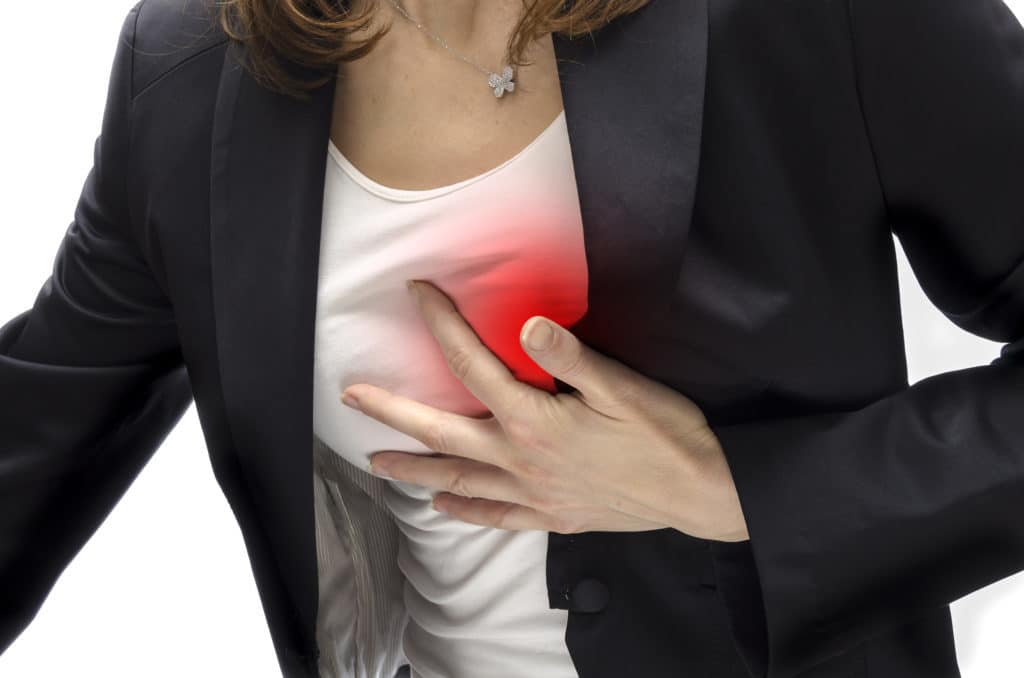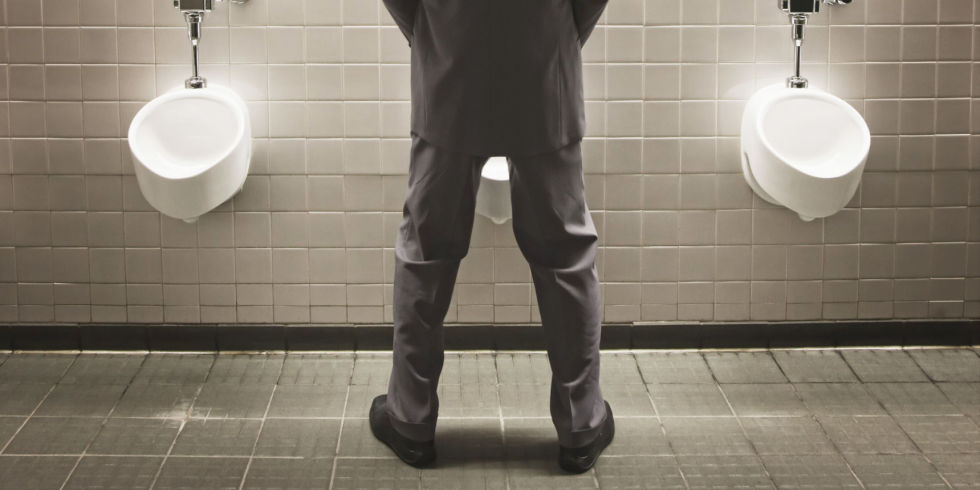Contents:
- Medical Video: How to Determine a Normal Pulse Rate
- What is the pulse rate for?
- What is the normal pulse?
- How do you measure your pulse?
Medical Video: How to Determine a Normal Pulse Rate
You can usually feel the pulse on your wrist or on your lower neck. When viewed in films, this pulse is usually checked to see if the actor in the film is still alive or has died. Surely you have often seen the scene. However, what exactly do we measure the pulse for? Do you know how many normal pulses?
What is the pulse rate for?
The pulse describes your heart rate, the number of times the heart beats per minute. The pulse can also indicate the heart rhythm and the strength of your heartbeat. Monitoring your pulse rate at rest, while exercising, or immediately after exercising can show your fitness level.
Checking your pulse can even help you find a health problem that you are experiencing. For example, a faster pulse can be caused by anemia, fever, some types of heart disease, or the use of certain drugs, such as decongestants. Meanwhile, a slower pulse can indicate diseases or drugs related to heart disease, such as beta-blockers. In an emergency, the pulse can also help show whether the heart is pumping enough blood.
What is the normal pulse?
Pulse can vary between individuals. The amount can be lower when you are in a state of rest and can increase when you are exercising. This is because during exercise the body needs more blood carrying oxygen to flow to all the cells in the body.
The following is the number of normal pulses per minute:
- Infants up to 1 year of age: 100-160 times per minute
- Children aged 1-10 years: 70-120 times per minute
- Children aged 11-17 years: 60-100 times per minute
- Adults: 60-100 times per minute
- Athletes with good conditions: 40-60 times per minute
Generally, the pulse that is in the lowest range (60 times per minute, for example, in an adult) during a state of rest shows that the heart works efficiently when pumping blood and your body is more fit. An active person has a better heart muscle so the heart does not need to work hard to maintain bodily functions. So, it's no wonder that well-trained athletes have a pulse around 40 times per minute.
Some things that can affect the amount of your pulse per minute are:
- Physical activity, after you do heavy physical activity, usually the pulse is faster
- Fitness level, the more fit you are, the slower the pulse (in the lower normal range)
- Air temperaturethe pulse is faster when the air temperature is higher (but usually the increase is not more than 5-10 times per minute)
- Body position (standing or lying down), sometimes when you stand up, for the first 15-20 seconds the pulse will rise slightly, then it will return to normal
- Emotion, like stress, anxiety, very sad, or very happy to be able to increase your pulse
- Body sizepeople who are very obese usually have a higher pulse (but usually no more than 100 times per minute)
- Drugs
How do you measure your pulse?
You can measure the pulse at several points in your body, such as:
- Wrist
- Inner elbow
- Lower neck side
However, usually the easiest to find is on the wrist. The following is a method of measuring the pulse on the wrist:
- Place your index finger and middle finger on the inner wrist through the arteries. Press your arteries firmly until you feel the pulse. (If you do it in the inner elbow or neck, also place your two fingers and press until you find the pulse)
- Calculate your pulse for 60 seconds (or for 15 seconds, then multiply by 4 so that you get a pulse rate per minute)
- Remember, when calculating, stay focused on your pulse. Don't forget the count or feel the pulse disappear.
- You can repeat it again if you are unsure of your count.












